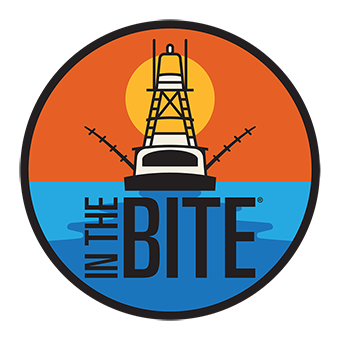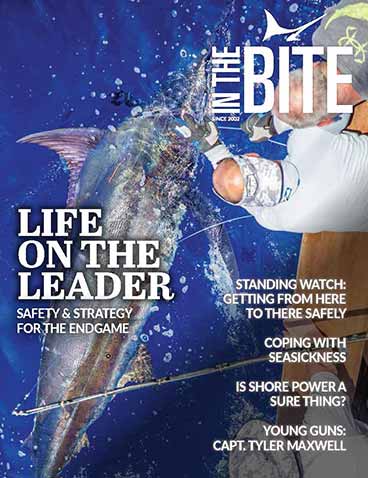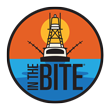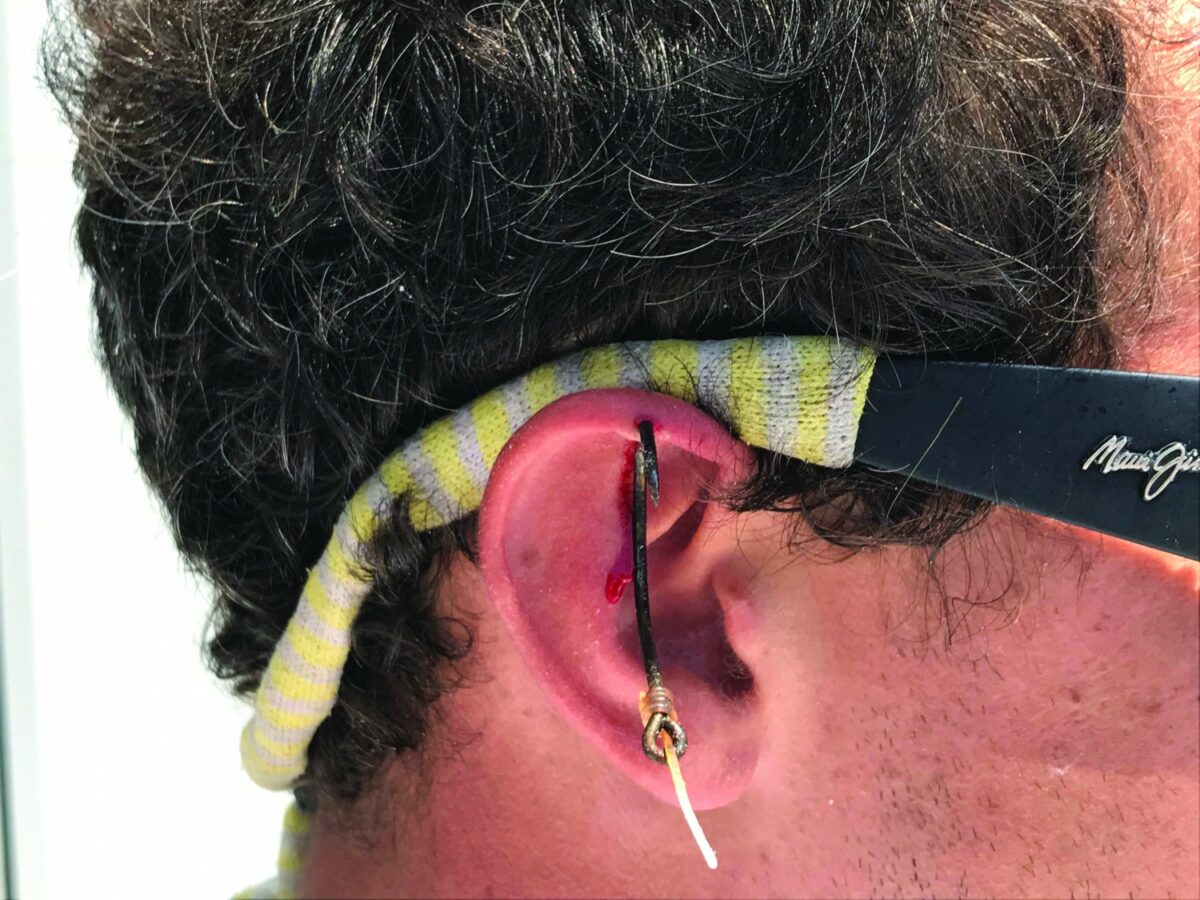Wrangling sea monsters on the high seas brings its share of medical risks. From the power of the fish and the excitement involved to the millions of bacteria that live in the bait that pokes your hands, there are lots of potentially bad things that can happen. This captain medical guide provides an introduction to handling a cross-section of potential injuries and medical conditions than can occur offshore. It is written by an expert of imminent qualification (our words, not his) a heart surgeon with a passion for blue water. Dr. David Doc Conkle has a medical degree from Yale University and medical career that spans decades. He is also a wonderfully nice man and avid fisherman based in Pensacola. As an owner/ operator, Conkle has taken boats throughout the Gulf Coast, Bahamas, DR, Turks and Caicos, and St. Thomas.
All of us that fish offshore should be prepared to initiate treatment of acute injuries and medical emergencies. The boat should have a first aid manual, basic medical supplies and a crew member that has working knowledge to treat medical problems and administer CPR. Basic supplies should include: sterile bandage material (gauze, steri-strips, band aids, surgical tape), ace wraps, sterile gloves, a tourniquet, malleable splints, and a pin cutter. Medications include: an Epi pen, aspirin, ibuprofen, Tylenol, meclizine, transdermal patches, antiseptic solution, and Benadryl. A portable defibrillator should be considered on travelling boats and for those that spend extended periods offshore.
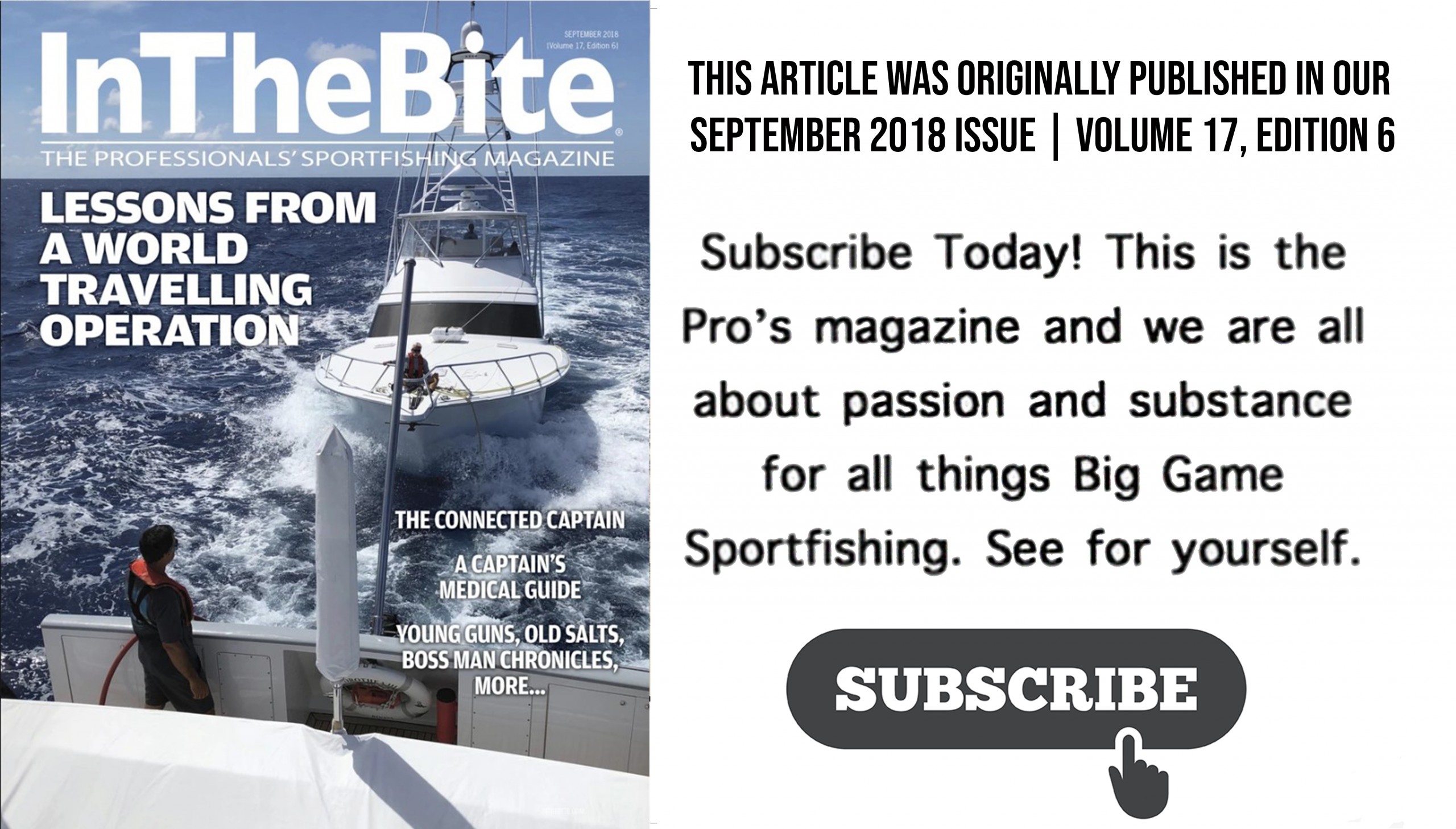
The most prevalent injuries that can occur involve the hands, legs and arms. The treatment of hook injuries depends upon the location of the barb. If buried, the hook should be stabilized, ice applied and medical help sought. If the barb is outside of the skin or can be advanced outside of the skin, the shank can be cut with pin cutters and the hook removed. The wound should then be washed with an antiseptic solution and wrapped with a sterile bandage. Ice should be applied and medical help sought. For puncture wounds involving a hook, old fillet knife or other potentially rusted metal object, you may consider getting a tetanus shot. Most everyone gets a tetanus shot when they are vaccinated as children. While recommendations on frequency of tetanus booster shots vary, a good rule of thumb is every ten years or so. The doctor who exams your wound or removes the hook may prescribe a tetanus shot if he deems it necessary. If you remove a rusty hook and do not seek medical attention, while there hasnt been a case of tetanus in the US for many years, consider the date of your last tetanus shot. Lacerations should be cared for by controlling the bleeding with pressure (sterile gauze and an ace bandage) or a tourniquet. If you use a tourniquet, it should be removed as soon as bleeding is controlled. The wound should then be flooded with antiseptic solution. If the wound is gaping, steri-strips should be used to reapproximate (close) and then the wound should be dressed with a sterile bandage. If the wound is significant, the person should be taken to the emergency room for closure. Fish bites (not the appetizer, but what happens when you get bitten by a fish) should be washed with bleach and antiseptic solution and covered in a sterile bandage. An ice pack should then be applied. Serious fish bites should be evaluated by a doctor. Stingray injuries usually involve a barb injury to the heel area. The barb should be left as found. Apply antiseptic solution, a sterile bandage and an ice pack to the injury site. The person should be taken to the emergency room for further evaluation and treatment. Infections usually occur in a fisherman hand. They are best treated by prevention. A 50/50 bleach to fresh water solution kept in a five gallon bucket should be used by crew to wash their hands, knives and tools after handling bait and fish. Bleach will kill all bacteria. If infection does occur, seek medical evaluation. How can you spot the onset of an infection? Symptoms such as redness, skin being hot to the touch, swelling and tenderness might indicate a potential infection. An infection should be treated with antibiotics, which will be prescribed by a doctor if necessary. Puncture wounds should be treated with antiseptic solution, a sterile dressing and an ice pack to keep swelling down. If a crew member is impaled with a bill, he should be evacuated to the hospital with the bill left as found (if the bill breaks off, do not remove it). If the bill strikes a person but does not break off, treat the wound as you would a puncture wound. Bill rash should be treated as you would a fish bite. Sprains or suspected fractures should be stabilized with an ace bandage or malleable splint. Apply ice and seek medical attention. Ibuprofen and Tylenol together work well for pain.
Medical illnesses and emergencies can occur offshore. Seasickness is the most common malady that can ruin the day for a fisherman. In a susceptible person, seasickness is best treated the night before with a transdermal patch. If symptoms occur after you are underway fresh air (keep the person from staying in the cabin), eyes on the horizon and meclizine (a motion sickness drug) are the first line of defense. If nausea and vomiting occur, the person should be returned to the bank. The smell of pine trees cures seasickness. Vomiting is serious when it becomes frequent. These people should be returned to shore as quickly as possible. Overheating is the first symptom of heatstroke. This is best treated with prevention appropriate clothing and hydration with nonalcoholic and noncaffeinated fluids. Alcohol and caffeine cause dehydration which contributes to heatstroke. Heatstroke can be difficult to diagnose, but if someone is sweating heavily and begins to act strangely they need to be cooled down as quickly as possible. The person should drink cold fluids (avoid beer and caffeine) and get out of the heat. Move into air conditioning if possible and apply ice packs to neck, beneath arms and the groin area (that is where the major arteries carry blood to the legs). You may also apply cold towels to the neck and head. Cardiovascular events are unusual but can occur. They require prompt recognition, treatment and rapid evacuation to an emergency room. If a person experiences the acute onset of chest pain, sweating, pallor (losing color in someone face) and nausea, treatment for a potential heart attack should be initiated. He or she should be given two aspirin pills to chew (so that it enters the bloodstream faster) and swallow with a sip of water. The person should then placed at rest with his or her feet elevated and monitored continuously. Evacuation should be started immediately. If the person loses consciousness and pulse, CPR should be started immediately and defibrillator attached if available. The defibrillator artificial intelligence will talk you through the defibrillation. A stroke is another event that demands early recognition and prompt evacuation. The acronym FAST is used for diagnosis. F- facial drooping, A- arm weakness, S- slurred speech, T- Time is of the essence. The quicker the person can get to the emergency room, the better the chance is for recovery. The care of diabetic problems should start by knowing if anyone on board is a diabetic. These people should be well versed in the care of their chronic disease if not, they should stay on shore. If someone with diabetes travels offshore he or she should do so with medication and a glucometer. Diabetes requires the management of blood sugar to avoid potentially fatal episodes. How do you recognize a potential problem in one of your diabetic boat guests? What should you do? The symptoms of low blood sugar include: nervousness/anxiety, weakness, trembling, sweating, rapid heart rate and decreasing consciousness. The treatment is checking one blood sugar. If it is less than 70 mg/dL, treat with sugar hard candy, sugar water or sugary soft drinks. The symptoms of high blood sugar (ketoacidosis) are: excessive thirst/urination, fatigue, nausea and vomiting, hot, flushed skin, and drowsiness leading to sleep. The treatment is to check one blood sugar. If it over 300 ml/dL with the above symptoms the person needs to be evacuated ASAP and fluids need to be pushed (drink lots of non-sugar drinks Gatorade or water). An allergic reaction can range from swelling and itching of the skin to anaphylactic shock. If a person experiences a minor allergic reaction he or she should be treated with Benadryl and ice packs. If the patient begins to experience significant facial swelling and or difficulty breathing, he or she needs to be injected with an Epi pen and transported to the emergency room as soon as possible.
No matter how prepared or equipped the boat or the crew is, there could come a time when the only option is to evacuate someone to the hospital. The following is a break down of two options for at sea or international rescue.
The following are a few tips provided by the US Coast Guard. They provide some background on what to expect should you need assistance offshore: 1. Have a VHF-FM marine-band radio on board at all times. You can use channel 16 to send distress calls. 2. Have a registered electronic position indicating radio beacon or EPIRB onboard. In case of emergency, it can be activated either manually or automatically to send out your position. You can register your EPIRB for free at beaconregistration.noaa.gov. 3. A person locator beacon is also a good tool to have. It can send out emergency distress signals when needed. 4. Download the free Coast Guard app. You can use it to call emergency assistance. 5. You can also file a float plan. A float plan is like a schedule detailing your activities, when you leave and when you get back. You can file it through the Coast Guard app or the Coast Guard Auxiliary website. You should share it with family and friends so for some reason if you dont show back up when it written, the Coast Guard can be notified and help can be sent.
Global Rescue is a subscription service that provides medical evacuation or security extraction services to travelers including those on a boat. Global Rescue offers both individual and family plans ranging from seven-day windows to annual plans. Individual plans start at $119. The service provides great peace of mind when you are traveling internationally or ranging far from shore. Global Rescue Bill McIntyre provides some context about the service. Global Rescue membership provides members with medical advisory and evacuation services while they are traveling. These services are in effect any time they are more than 100 miles from home while your membership is active, domestically as well as abroad. We will arrange and cover the cost of an emergency evacuation from the point of injury or illness to the nearest well-equipped hospital or facility. If a member requires additional hospitalization, Global Rescue will transport to the member home country hospital of choice once he or she is stable and fit-to-fly, McIntyre relates. How does it work? The first step for preparedness is setting up a membership. An annual family medical and security package runs $1,155. Once this is active, if you run into a problem or issue you contact the service. Global Rescue may be reached 24/7/365 at 617-459-4200 or [email protected]. Members may contact us at by cell phone, satellite phone, email, or via our mobile application, My Global Rescue, McIntyre explains. It is important for captains to be aware of the challenges that offshore trips may present so that they have realistic expectations. Any time a Global Rescue member is more than 100 nautical miles away from the coast, rescue can require the assistance of ships in the area or the local coast guard. While we will exhaust all available resources to provide our services, rescue could involve significant delays. As always, our advisory services would be available 24 hours a day regardless of one location, she says. In the event of an emergency, we require two-way communication. Once Global Rescue is contacted by a member, our Operations team will remain in constant communication with that member and the medical team treating that member.
I hope this information will help you be better prepared to deal with the unexpected. Preparedness is the mainstay of every successful fishing trip. The best case scenario is that your boat includes all the necessary medical supplies, equipment and training and never needs to use any of it.
